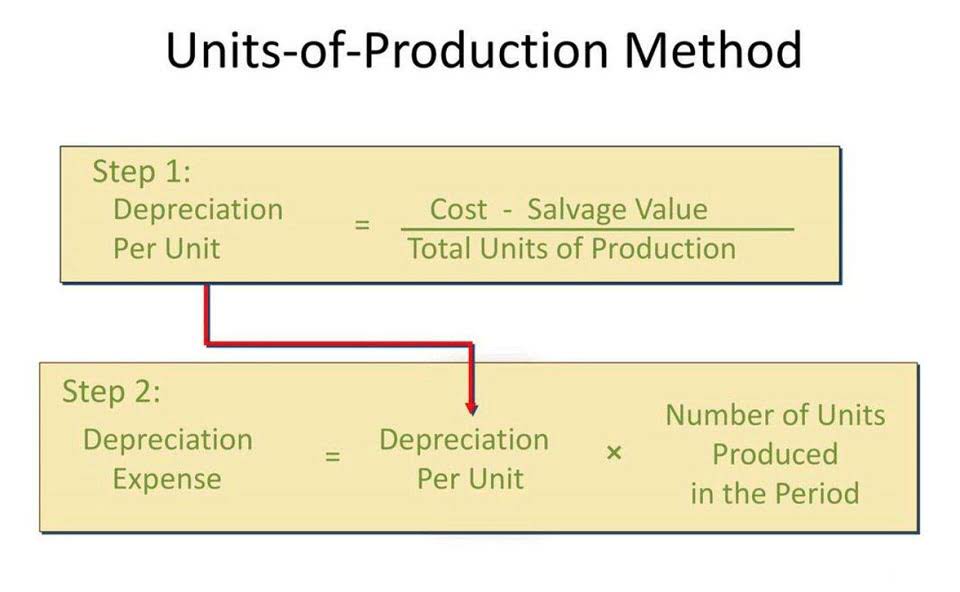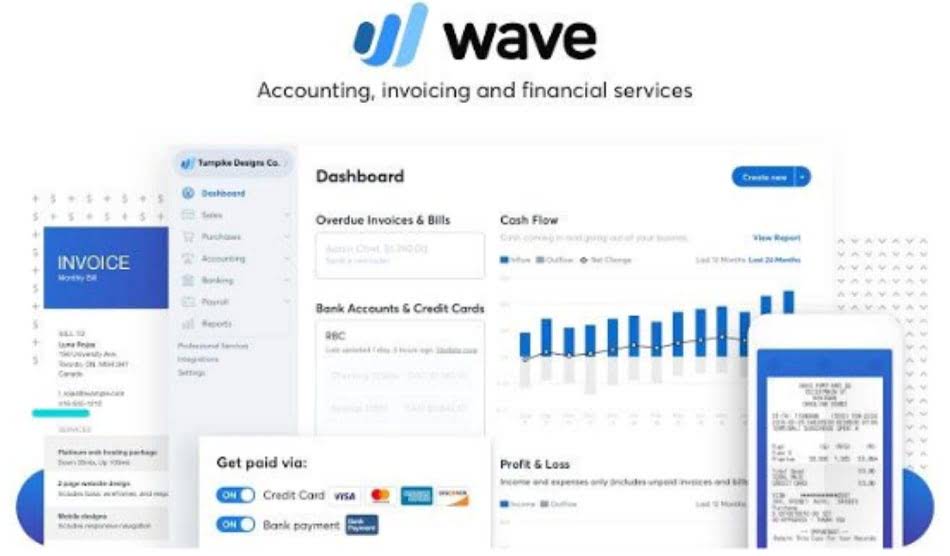
In addition, since high-yield securities have fairly low volume and larger trading recording transactions spreads, individual trades are more expensive. According to Morningstar, the average high-yield fund with assets greater than $5 million sports a gross expense ratio of 1.35%. At the same time, small-cap funds usually have higher trading costs than large-cap funds. Small-cap stocks are not as widely traded as large-cap stocks and, as a result, normally have higher trading spreads. Normally, the smaller the company, the higher the price you will have to pay to place a trade. In addition, small-cap funds tend to have higher turnover ratios than large-cap funds, which also impact trading costs.
Sales loads on mutual funds
- Vanguard is a pioneer in low-cost investing, emphasizing investor returns by minimizing fees.
- Management fees, whether paid as a mutual fund expense ratio or a fee paid to a financial advisor, typically range from 0.01% to over 2%.
- A $250 maximum applies to all trades, reduced to a $50 maximum for bonds maturing in one year or less.
- Sometimes an investment manager will consolidate a client’s various fees into what is called a wrap fee.
- That said, individuals new to the investment world often confuse management expense ratio (MER) and management fees.
- There are solutions to help meet the needs of all investor types, and low minimum investments make it easy to get started.
- Management fees can vary from manager to manager and financial firm to financial firm, but are commonly a percentage of the total assets under management.
Although self-directed investing doesn’t involve management fees, it can be risky for inexperienced investors. It’s understandable why an investor might overlook or fail to consider expense ratios when selecting investments. “A typical investor looking Mental Health Billing to invest in a mutual fund or ETF is likely to be much more focused on the historical performance of that fund and less so on the fee,” says Bullard.

Fee Structures for Active vs Passive Fund Management

Investors may question whether the higher fees for actively managed funds are worth it, given the potential for lower long-term returns. As a result, passive investing has gained popularity due to its lower fees and index-tracking approach. With passive funds like index funds and exchange-traded funds (ETFs) aiming to replicate the performance of an underlying market index, they offer investors exposure to diverse markets at a much more reasonable cost. Hedge funds represent a unique class of investment vehicles that differ significantly from mutual funds and exchange-traded funds (ETFs).

Mutual Fund or ETF Fee Calculator – What Will it Cost You?

This means that the advisor charges a single rate no matter what asset or investment selection you make. These fees directly impact the returns on investments, with higher fees potentially reducing long-term growth. While lower expense ratios are generally more appealing, balancing these against fund performance, risk management, and your investment objectives is essential.
- It may involve building a personalized portfolio or trading individual financial instruments.
- A classic example of this issue is the hedge fund industry, known for its steep fees.
- Investing in funds can be a very effective means of accumulating wealth, but knowing the costs of such investments is critical in ensuring the realisation of maximum return.
- Expense ratios represent a mutual fund’s ongoing annual operating expenses as a percentage of the fund’s average net assets, also known as the fund’s expense ratio.
- Keep in mind that a front-end sales load reduces the amount available to purchase fund shares.
- In addition, index funds are highly tax-efficient, which reduces a shareholder’s overall costs.
- Listing on the SGX-ST does not guarantee a liquid market for the Units which may be traded at prices above or below its NAV or may be suspended or delisted.
- In addition, small-cap funds tend to have higher turnover ratios than large-cap funds, which also impact trading costs.
- A higher expense ratio reduces the fund’s net return, meaning less money is compounded over time.
- This line of the fee table is the total of a fund’s annual fund operating expenses, expressed as a percentage of the fund’s average net assets.
- The advantage of investing in a mutual fund is that you can get access to a wide range of investments, even if you don’t have a lot of money to start with.
Investments are subject to investment risks including the possible loss of the principal amount invested. The purchase of a unit in a fund is not the same as placing your money on management fees deposit with a bank or deposit-taking company. There is no guarantee as to the amount of capital invested or return received.








Leave a Reply